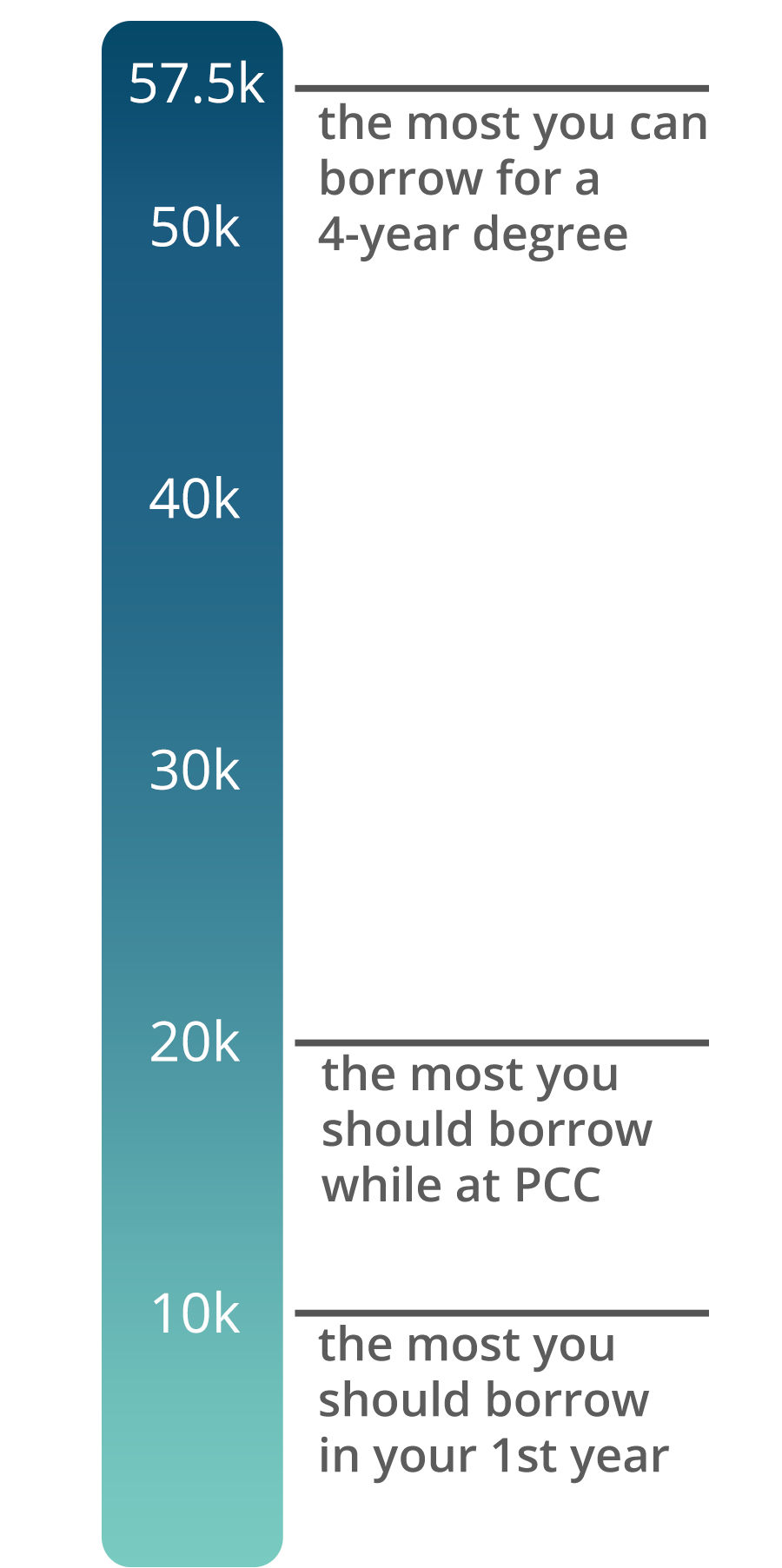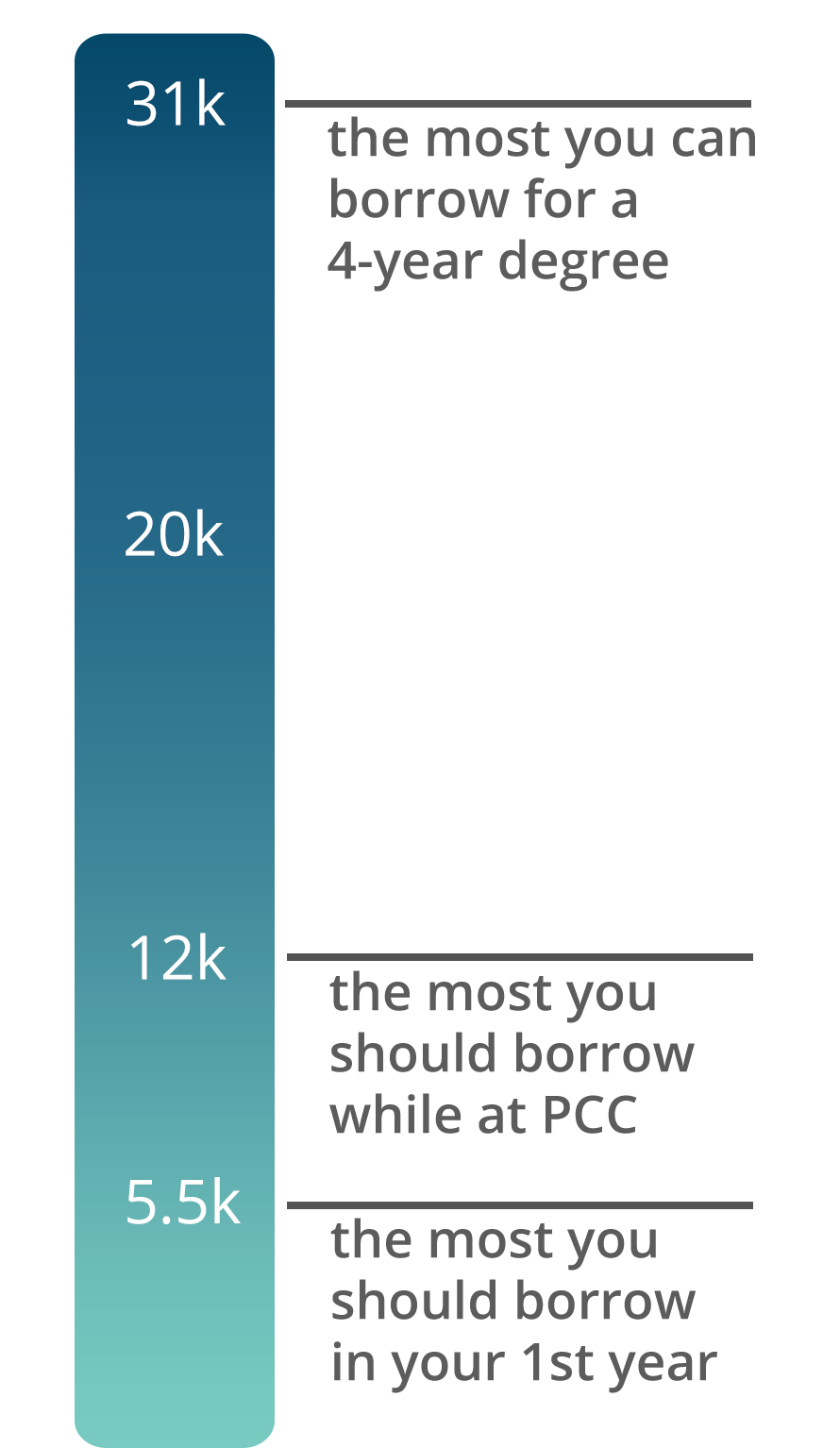How much can I borrow?

Federal student loans are not bottomless. There is a limit to the amount of loans you can get in your lifetime. You have to budget loans in order to make them cover your entire education. Otherwise, you can run out of money before you are done with school, which can prevent you from finishing. Then you are left with few options… you can pay out of pocket, but who can afford to do that? Maybe you’ve heard that private loans are an alternative – they are an expensive alternative that you may regret. It’s really sad to see someone work for years towards a degree and then not be able to finish their last few terms because they have run out of funds. But unfortunately, it happens all the time.
Monitor your loans
To find out how much your loans are, visit the National Student Loan Data System. This is the website that stores all the information on your student loans.
Video: what is the difference between a dependent and an independent student?
To check your progress
Look at how much you owe, then look at the chart to see if your debt matches your progress toward your academic goals. To see a detailed chart of loan limits, visit StudentAid.gov: types of loans.
Dependent or independent?
How do I know if I’m dependent or independent?
Independent students

Does your debt match your progress?
As an independent student, here are your loan limits:
- Four-year degree: $57,500
- Two-year degree: $20,000
Before transferring out of PCC, you should not borrow more than $10,000 as a first-year student, and $20,000 altogether.
Dependent students

Does your debt match your progress?
As a dependent student, here are your loan limits:
- Four-year degree: $31,000
- Two-year degree: $12,000
Before transferring out of PCC, you should not borrow more than $5,500 as a first-year student, and $12,000 altogether.

